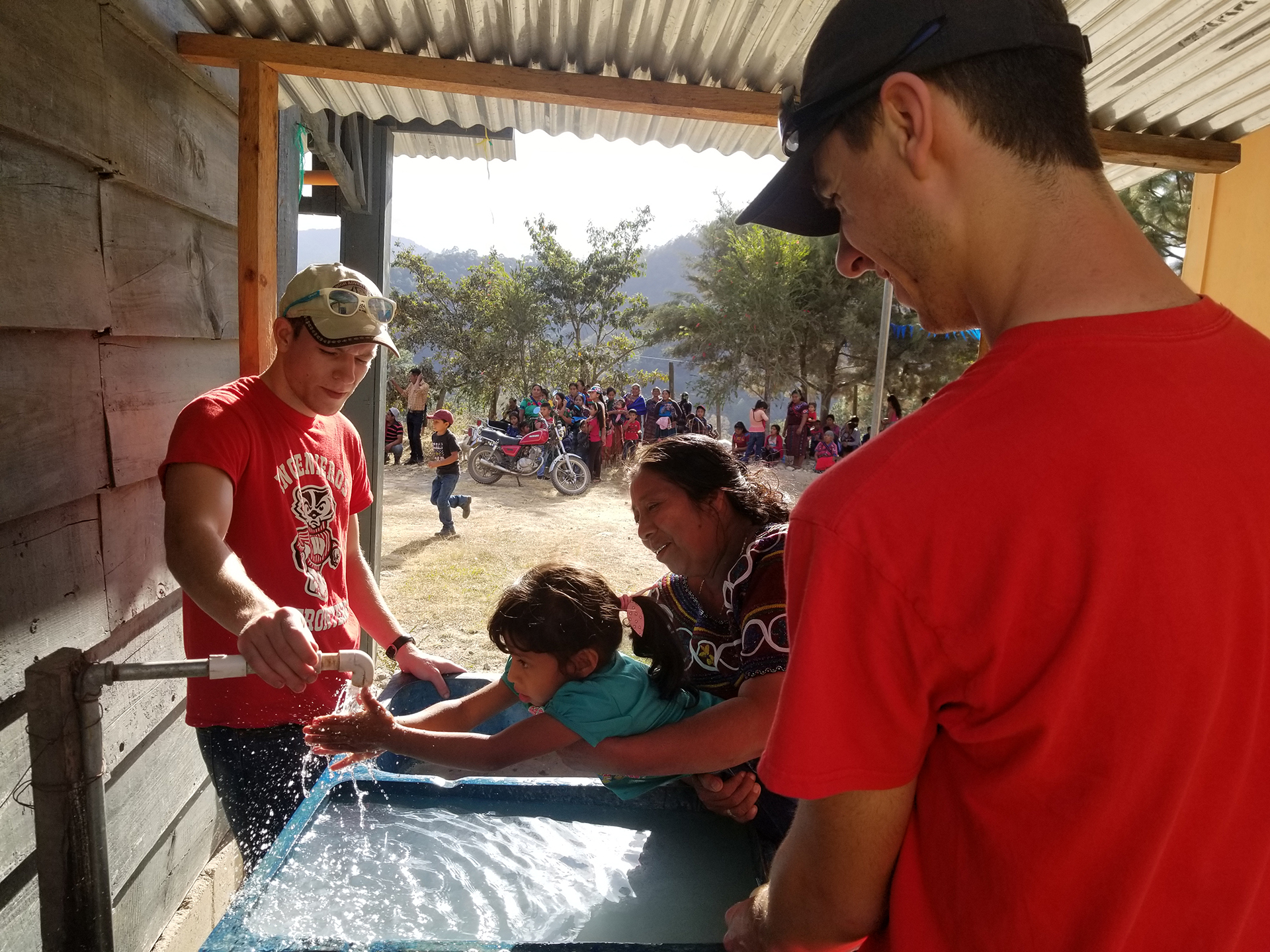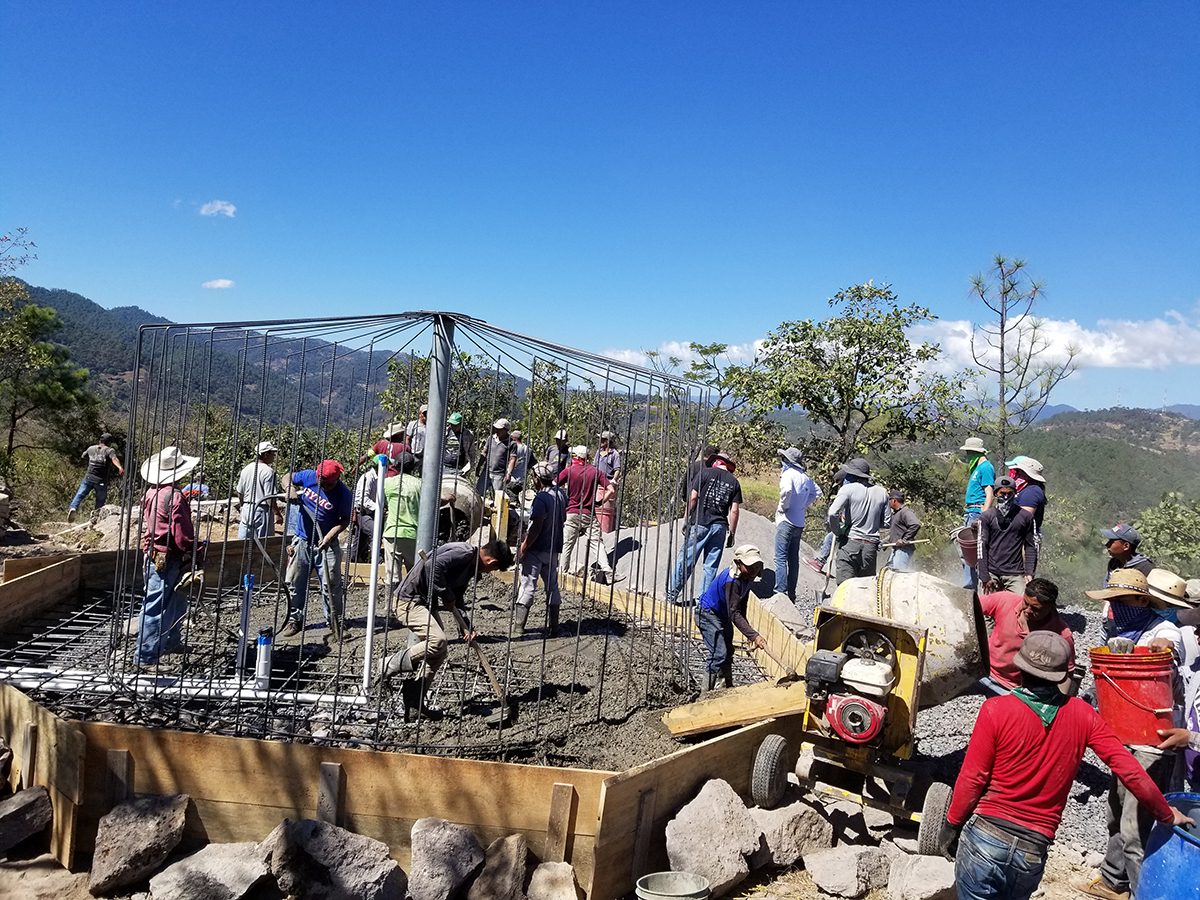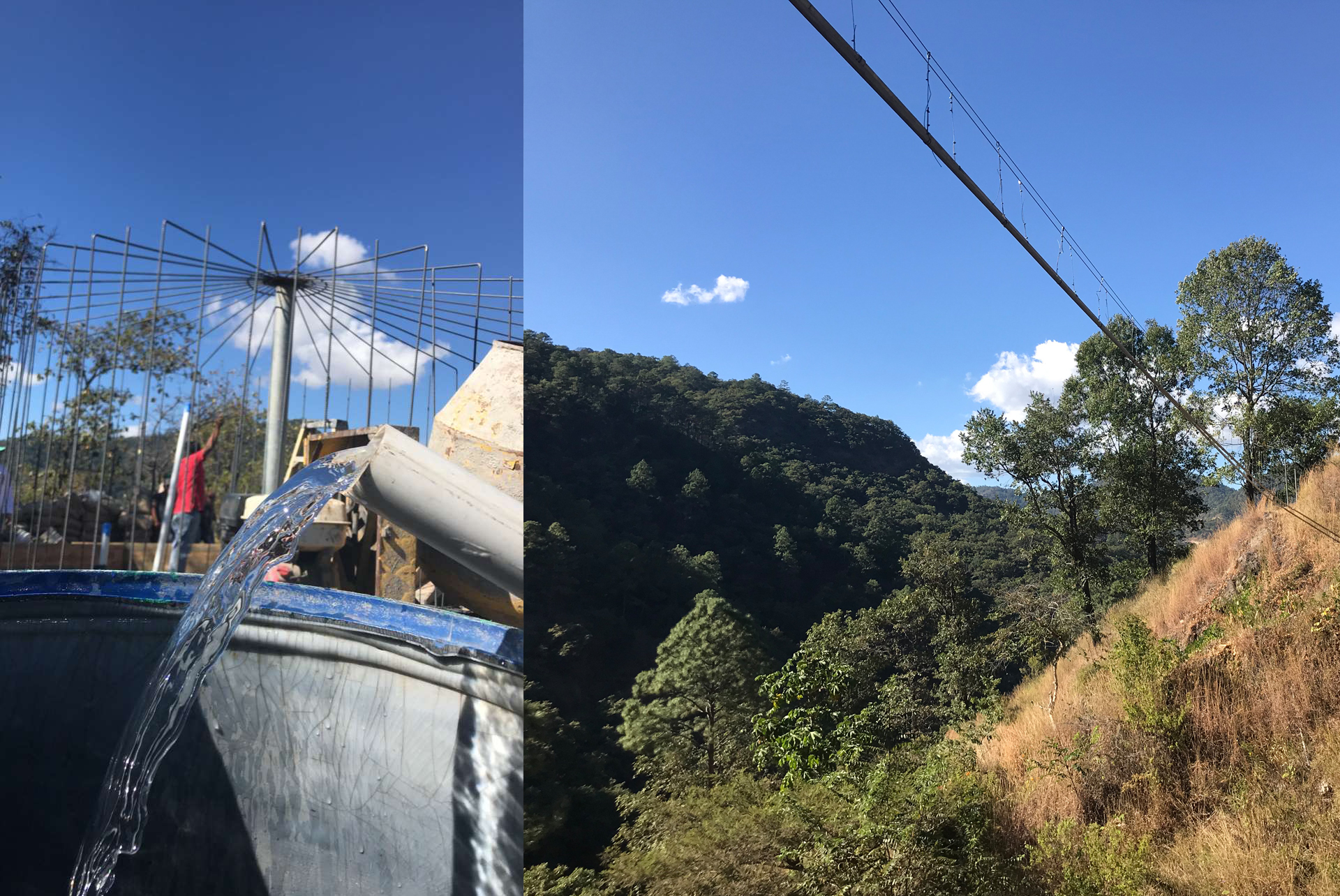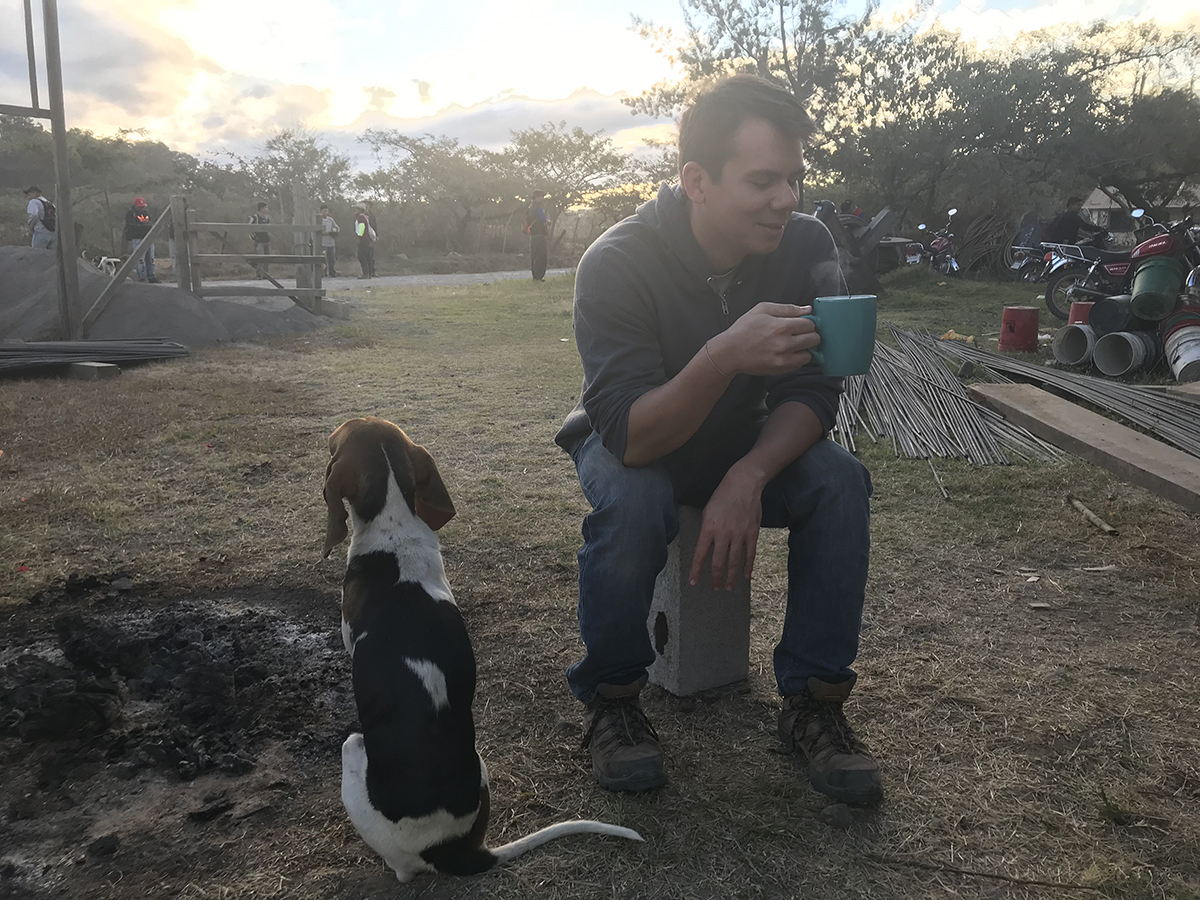
Bringing water to the mountain: My work with Engineers Without Borders
Looking out the window of our van as it enters Joyabaj, a town in the rural highlands of Guatemala, I can see the impact Engineers Without Borders has had on the region. Bridges connect communities to the main town, granting them access to the healthcare facilities and markets that had previously been cut off by the waters that rush down the mountain valleys in rainy season. With more bridges to rely on, the locals have fully paved the roads around the town to improve their travel time. I appreciate that latest improvement—it makes the van ride much smoother this time around.
I first made the trip to Guatemala 12 years ago, as a student with Engineers Without Borders, an organization that partners with developing communities worldwide to improve their quality of life. My task was to survey a bridge, accompanied only by my faculty advisor and one other classmate. (Back then, the towns around Joyabaj had few reliable sources of clean water, let alone any bridges.) Now, in 2020, I'm here as a mentor to 10 University of Wisconsin-Madison engineering students, who've already done the work to design something much more complicated than bridges: a system to distribute clean water to every family.

The first phase of the project was to install a pipeline from the mountain's fresh water springs to Zapote, a rural community with more than 100 families. There is already a water system in place, but it's in disrepair, and either way these families are at its endpoint; the towns upstream consume most of the available water by the time it reaches Zapote. As it stands, they only receive water from the system once a month. The rest they fetch from the river or collect from the rains, which don't come by too often in the dry season.
When you see a population that has to pull their water from E. coli–infested barrels, you realize how easy it is take even a glass of juice for granted.
As an engineer at Slipstream, my work focuses on solving real-world problems. Energy efficiency is about more than getting rid of carbon. We also need to make sure people are comfortable in their homes and buildings—that we can meet our energy needs at the same time we protect the planet. In that regard, Engineers Without Borders is a valuable experience for the college students, as it helps them recognize the human element behind their engineering designs. These are real projects, with real people on the other end.
And the people of Zapote are proud and hardworking. As we hike the 12 km pipeline from the mountain springs back toward the community—a brisk hike for the locals but an arduous journey for us Wisconsinites—we can see how much effort the community has put into the first phase. Using nothing but pickaxes and shovels, they've dug five-foot-deep trenches for the pipe into what looks like solid rock. With no road nearby, they've had to carry 100-pound bags of cement up and down the mountain to build the crossing that suspends the pipe over the ravines.
Marveling at the magnitude and precision of the work, I ask one of the locals how they managed to do all this. He smiles at me. "Mucho trabajo."
We finally reach the last leg of the pipeline, where the end sticks 15 feet in the air. We turn it downwards until fresh spring water cascades from the top. At this location, the water pressure measures about 5 psi—just as the students had designed. We'll use this water to build and clean up as we help the community build their permanent water tank.

At the end of the pipeline, the water flows clean and clear. But first, the pipe had to be suspended over a ravine.
We spend the next few days walking the proposed lines to houses. We meet the residents of Zapote, see their homes, visit their families. All of them are excited for the prospect of clean water. I think of all the water I use in just a typical morning back home—to shower, to brush my teeth, to brew my coffee. When you see a population that has to pull their water from E. coli–infested barrels, you realize how easy it is take even a glass of juice for granted.
On our last day, the community throws us a fiesta at the school. Before the water system, students had to carry one-liter bottles of water to class, and many girls couldn't even attend because they had to spend half the day helping their mothers fetch water from the river. Now they can all focus on their education—a human right just as much as fresh water or freshly brewed coffee.

As for my own students, they seem as grateful as the people they came here to help. In the week they've lived here, they've formed plenty of friendships with the people who worked alongside us. This project will be transformative for the future of Zapote, but it will no doubt transform the students as well. They'll take what they've experienced into future careers as engineers and leaders. Who knows—maybe some of them will return to mentor a whole new generation of engineers. And, maybe, to raise a glass with an old friend.
For more on the Zapote project, the multitalented students in the EWB-UW chapter recently produced a documentary with more on the Zapote project. See the full documentary, El Proyecto La Dignidad, here.